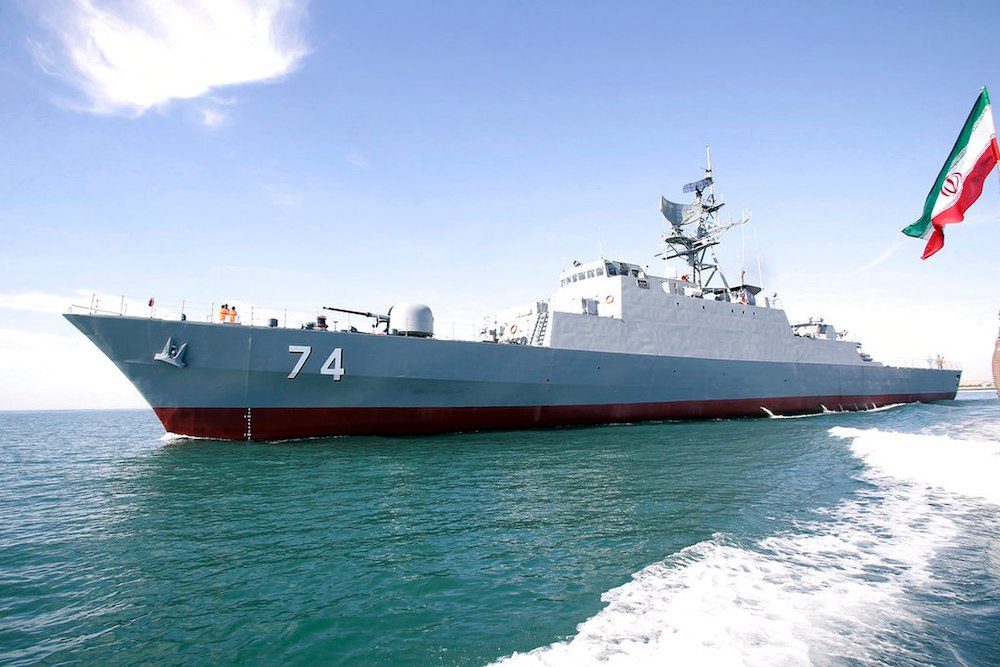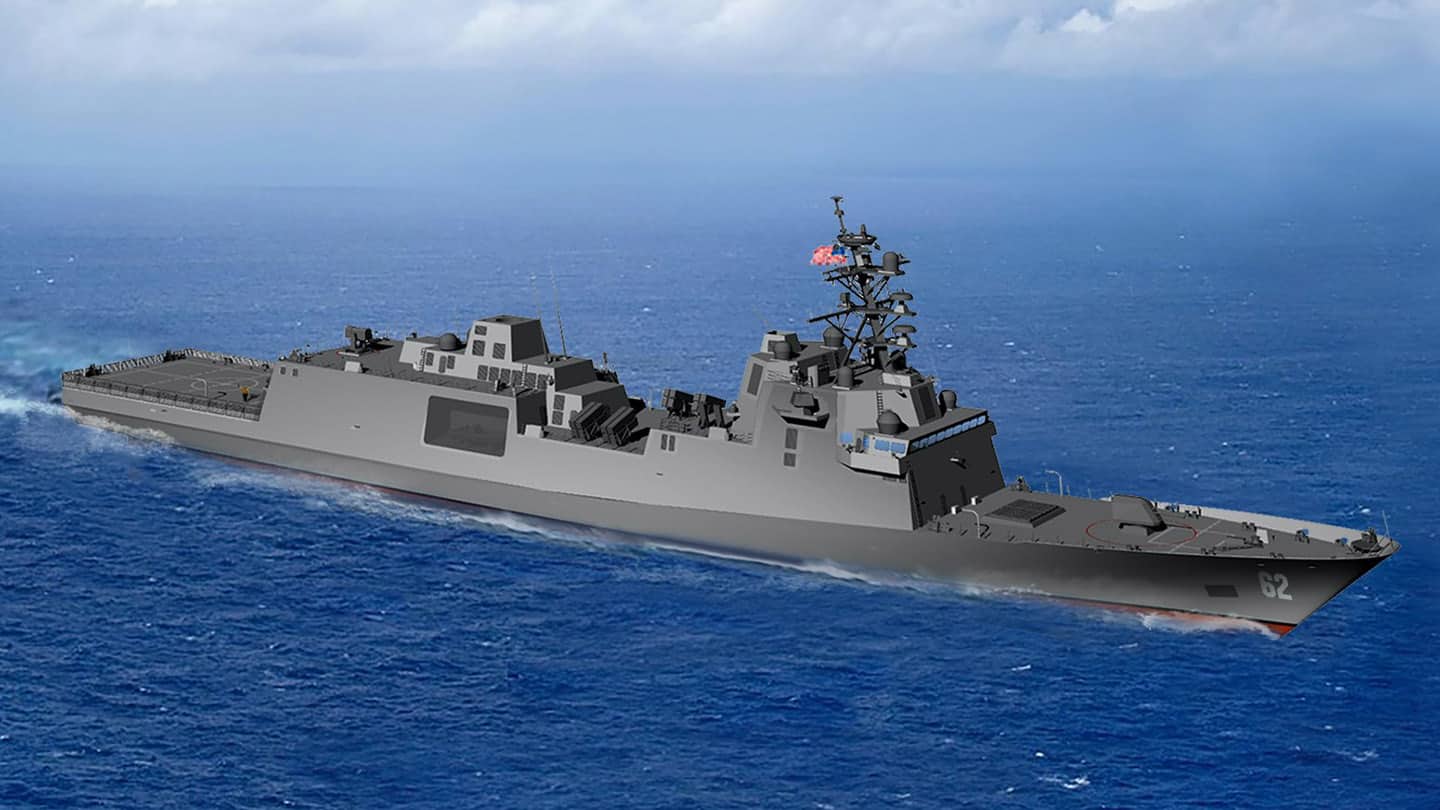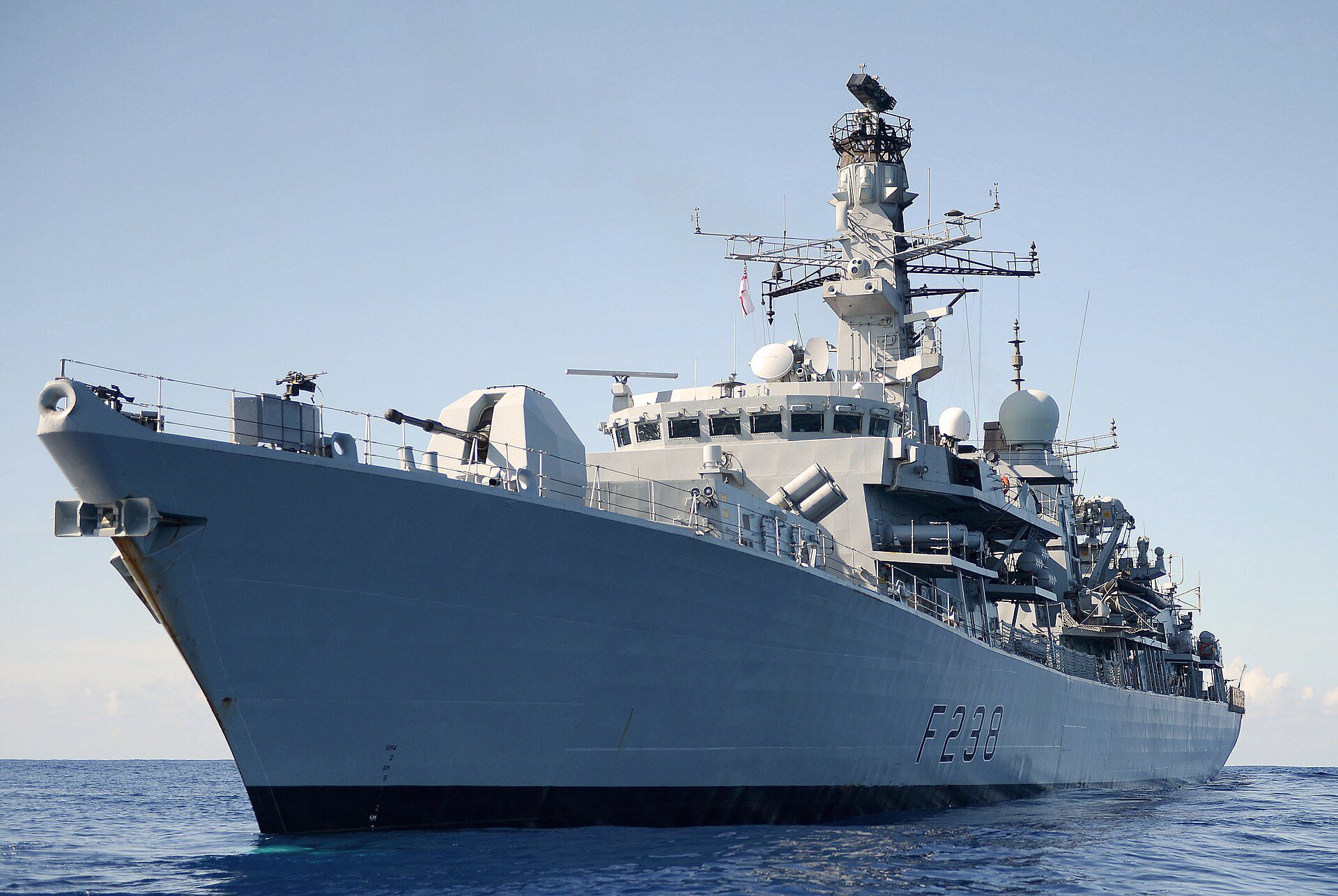In a recent Financial Times article, Helen Thomas highlights the growing concern over threats to undersea cables, which are essential for global digital communications. The article emphasizes that while governments and national security communities have been expressing their concerns, businesses should also be worried about the potential disruption caused by cable sabotage.
For centuries, submarine cables have facilitated communication between continents, transmitting electric telegraphs, voice calls, and now, internet data. Today’s internet relies heavily on these cables, with over 95 percent of intercontinental internet data flowing through them. Although these metallic conduits seldom receive extensive press coverage or policy consideration outside of national security circles, they are the backbone of various activities, including civilian communications, business transactions, scientific research, and document-sharing on the global internet.
The commercial world’s reliance on undersea cables could further escalate if cyber threats or space denial threats intensify due to rising tensions in regions such as Ukraine or Taiwan.
Porthcurno, a UK village, is a significant communications hub with six modern fiber optic cables. However, there is a “profound lack of awareness” about global reliance on this undersea network, which carries 99% of digital communications, according to a European Parliament report. About 20 cables connect Western Europe to the US, managing two-fifths of global internet traffic.
The defense community has warned about critical subsea assets’ vulnerability to espionage and sabotage, given Russia’s increased submarine activity. NATO created a “coordination cell” in February, and the Nord Stream pipelines sabotage last year emphasized potential risks to undersea infrastructure. But what has the business community done to help mitigate the risk?
According to Thomas, primarily owned by communications groups or tech giants like Google and Amazon, these cables are designed to withstand accidents. However, there is limited understanding of redundancy and security at key junctions. Policing the extensive network is challenging since cable routes are publicly disclosed to avoid accidents.
In case of a major outage, traffic should reroute seamlessly onto other cables, but the efficiency is debatable, especially with older networks. Global repair capabilities are limited, averaging at least two weeks for a fix and the tech giants have only taken small steps towards engaging with maritime industry and naval leaders on the subject.
Resilience planning for targeted attacks on undersea cables is insufficient. Governments may lack knowledge about cable usage, and international law is outdated. Military fixes will likely prioritize military needs that may not align with commercial requirements. Businesses, especially in finance and safety critical industries like aviation, should proactively understand their reliance on these cables and prepare for worst-case scenarios.
The vulnerability of undersea cables is an increasingly critical issue that can’t be left to the military alone. Both businesses and governments must focus on the risks associated with this essential infrastructure and work with the maritime and offshore industry to develop strategies that mitigate potential disruptions.

 Join The Club
Join The Club










